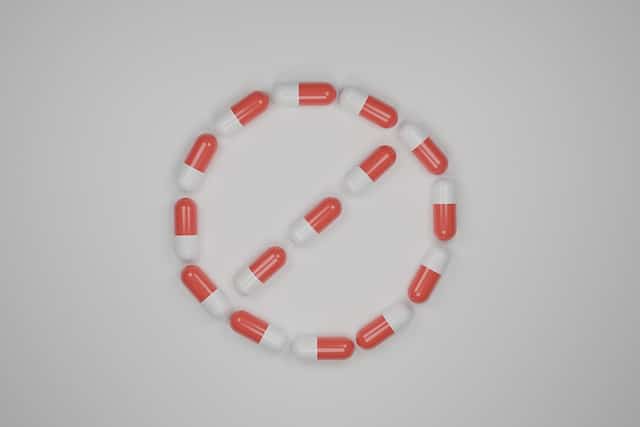
Introduction
Addiction is a complex and pervasive issue that affects individuals from all walks of life. Unfortunately, society often stigmatizes addiction, leading to shame, silence, and barriers to seeking help. Breaking the stigma surrounding addiction is crucial for creating a supportive environment that encourages understanding, compassion, and effective treatment. In this article, we will explore the importance of raising awareness and understanding of addiction, dismantling stereotypes, and promoting empathy towards individuals on the path to recovery.
1: Defining Addiction and Its Complexity
Understanding addiction is the first step in breaking the stigma. Addiction is a chronic, relapsing condition characterized by compulsive drug use or behavior despite negative consequences.Say’s Dr Louis Hampers, it is essential to recognize that addiction is not a moral failing or a lack of willpower but a complex interplay of genetic, environmental, and psychological factors.
2: Educating Society about Addiction
Raising awareness through education is a powerful tool in combating stigma. Educational initiatives should focus on providing accurate information about the nature of addiction, its effects on individuals and society, and available treatment options. By dispelling myths and misconceptions, we can foster empathy, encourage open conversations, and promote understanding.
3: Challenging Stereotypes and Judgment
Stigma often arises from stereotypes and preconceived notions about addiction. It is crucial to challenge these stereotypes and promote a more nuanced understanding. Recognize that addiction can affect anyone, regardless of age, gender, socioeconomic status, or background. By acknowledging the diversity of individuals struggling with addiction, we can reduce judgment and foster empathy.
4: Sharing Personal Stories
Personal narratives have the power to humanize addiction and break down barriers. Encouraging individuals in recovery, family members, and allies to share their stories can help others understand the realities of addiction. These stories create a sense of connection, challenge stigma, and inspire hope by showcasing the possibility of recovery and resilience.
5: Promoting Compassion and Support
Creating a compassionate and supportive environment is vital for individuals in recovery. Encourage empathy and understanding by fostering open dialogue, providing resources for education and treatment, and promoting non-judgmental attitudes. Recognize that addiction is a disease that requires medical intervention and ongoing support, just like any other chronic condition.
6: Advocating for Policy Changes
Advocacy plays a crucial role in addressing the systemic issues that perpetuate stigma and hinder access to treatment. By advocating for policy changes, increased funding for addiction research and treatment, and improved access to healthcare, we can create a more supportive and equitable system. This includes advocating for the expansion of harm reduction strategies, such as needle exchange programs and medication-assisted treatment.
7: Encouraging Treatment and Support Services
Promoting the availability and effectiveness of treatment and support services is essential in breaking the stigma. Highlight the success stories of individuals in recovery, showcase the diverse range of evidence-based treatment options, and emphasize the importance of seeking help without fear of judgment or discrimination. Encourage individuals struggling with addiction to reach out to treatment providers, support groups, or helplines for assistance.
Conclusion
Breaking the stigma surrounding addiction is a collective responsibility that requires education, empathy, and advocacy. By raising awareness, challenging stereotypes, sharing personal stories, promoting compassion, advocating for policy changes, and encouraging access to treatment and support services, we can create a more supportive and understanding society. Let us work together to break the barriers and create an environment where individuals can find the help they need and experience the journey of recovery with dignity and support.